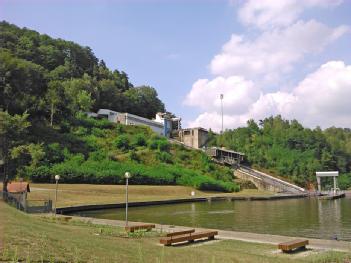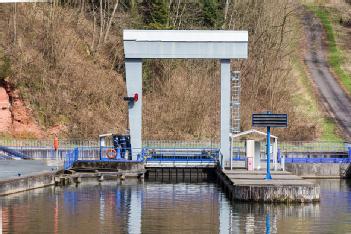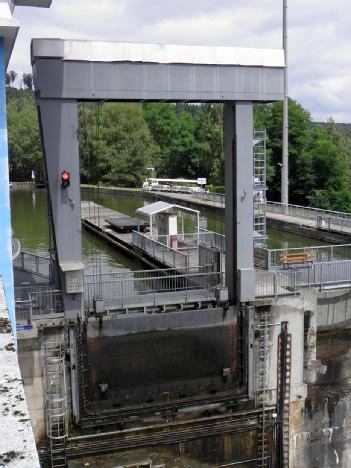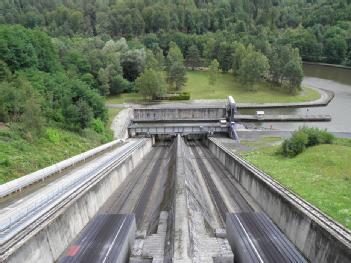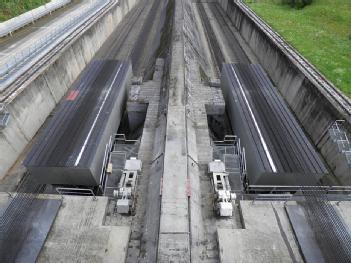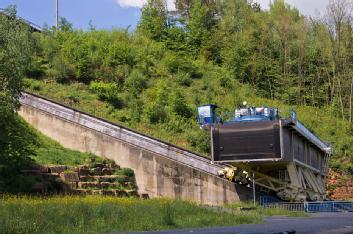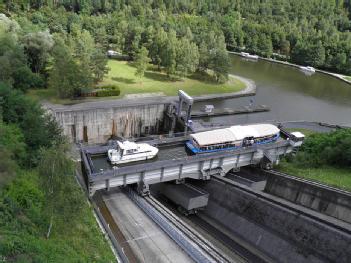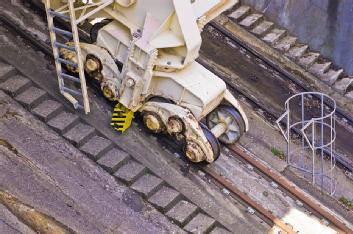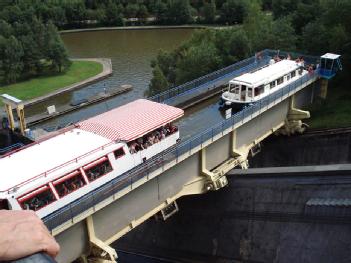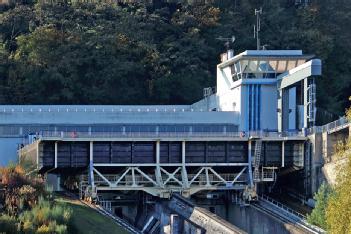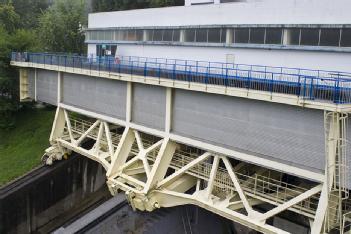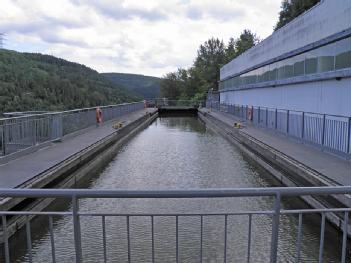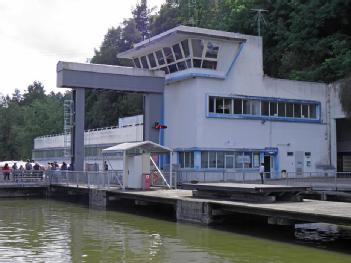
Plan incliné de Saint-Louis/Arzviller |
57820 Saint-Louis, France (Grand Est) |
|
| Address |
|
| Floor area | unfortunately not known yet |
Cranes and Lifts
- Navy / Watercraft
- Mine- & Parc Railways
|
Opening times
|
April - October: 10am - 5pm; July + August: 10am - 6pm
Avril - Octobre: 10h - 17h; juillet + août: 10h - 18h
|
||||
|
Status from 04/2023
|
Tour of the site: Adult: 5 €; Child: 4 € Site visit + river boat tour: Adult: 11 €; Child: 9 € Site visit + tour by tourist train Adult: 9 €; Child: 8 € Site visit + river boat tour - VIADUC FORMULA: Adult: 13 €; Child: 11 € Besichtigung des Standortes: Erwachsene: 5€; Kind: 4€ Ortsbesichtigung + Flussbootstour: 11€; 9€ Ortsbesichtigung + Tour mit dem Touristenzug: 9€; 8€ Ortsbesichtigung + Flussbootstour: 13€; 11€ Visite du site: adultes: 5€ ; Enfant: 4€ Visite du site + promenade en bateau fluvial: 11 €; 9€ Visite du site + tour en petit train touristique: 9€; 8€ Visite du site + promenade en bateau fluvial: 13€; 11€ |
||||
| Contact |
|
||||
| Homepage | www.plan-incline.com | ||||
| Location / Directions |
The Saint-Louis-Arzviller inclined plane is part of the Marne-Rhine Canal, located in the commune of Saint-Louis, between the towns of Saint-Louis and Arzviller in the département of the Moselle. It enables the canal to cross the Vosges Mountains. |
| Description | Wikipedia: Principle The system works by basically lifting or lowering a caisson containing a boat on a carriage along a slope using a balancing counterweight. Dimensions At the beginning, two caissons were planned but, with the decline of water transport, only one was built. |
[dsp_museum_detail.cfm]
| Data Compliance | More Information |
